What to Expect From the $900B Relief Package
The much-anticipated bipartisan deal includes $284 billion for Paycheck Protection Program loans.
After months of negotiations and setbacks, congressional leaders reached a deal on Sunday for a $900 billion pandemic relief package. The piece of legislation is expected to pass both houses of Congress on Monday. The bill marks the second-largest emergency relief agreement in history after the $2.2 trillion CARES Act, which went into law in March and helped to prop up the economy in the first months of the pandemic.
The legislation includes more than $284 billion for first and second forgivable Paycheck Protection Program loans. The aid is intended to support small businesses hit hard by the pandemic, after the first round was used up. Additionally, the bill contains $20 billion for EIDL Grants, vital for small Main Street businesses, and $15 billion in relief for live venues, independent movie theaters and cultural institutions. At the same time, the package includes a host of tax credit measures.
According to Politico, a total of $166 billion is set aside for one-off $600 checks for individuals making less that $75,000 a year, or $1,200 for couples earning less than $150,000, with an additional $600 per child.
The bipartisan agreement also sets aside $120 billion in extra unemployment benefits, $82 billion for colleges and schools, $69 billion for vaccines and other COVID-19 mitigation programs, $45 billion for transportation and $13 billion for food stamp benefits, among others.
In an effort to combat the climate crisis, the bill will also provide a legislative framework to create thousands of jobs across the clean economy through reforms, R&D enhancements and efficiency incentives and extends clean energy tax credits.
Stay tuned to CPE for updates on the new relief package.

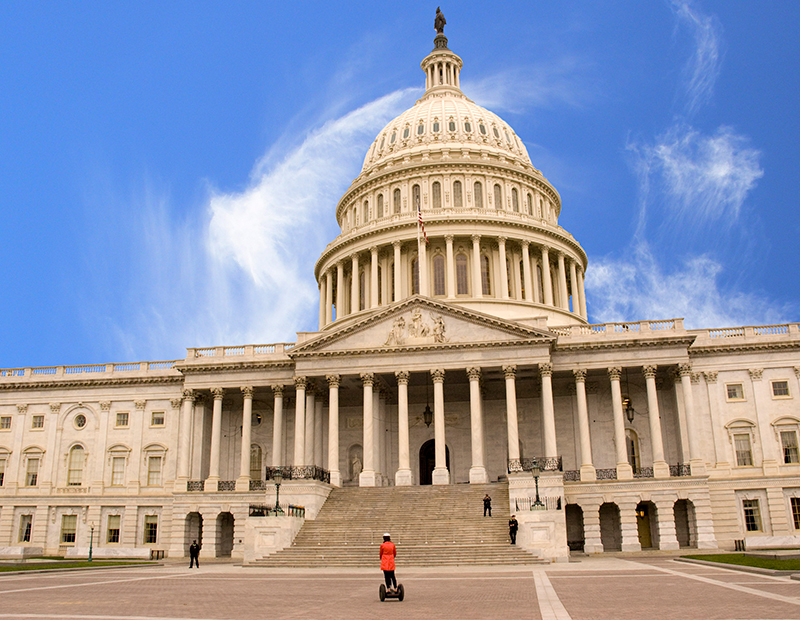

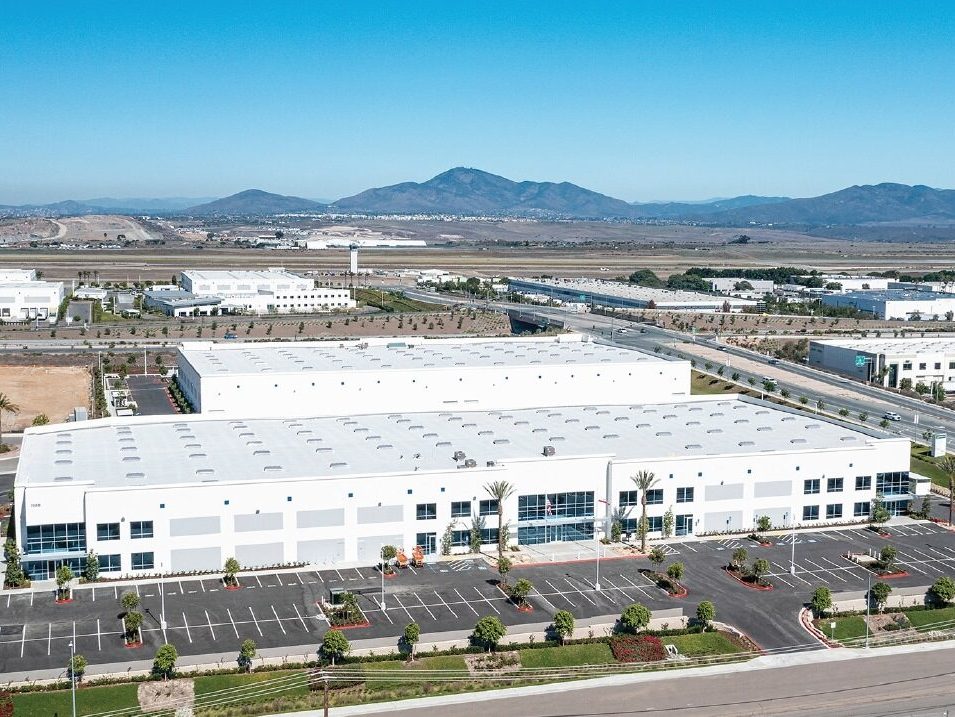
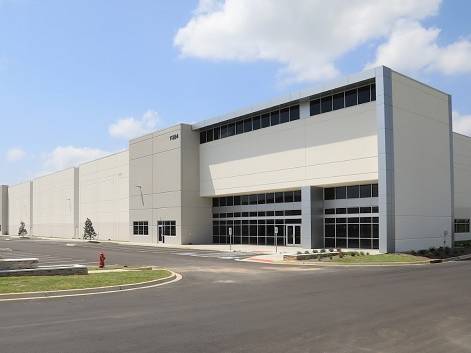

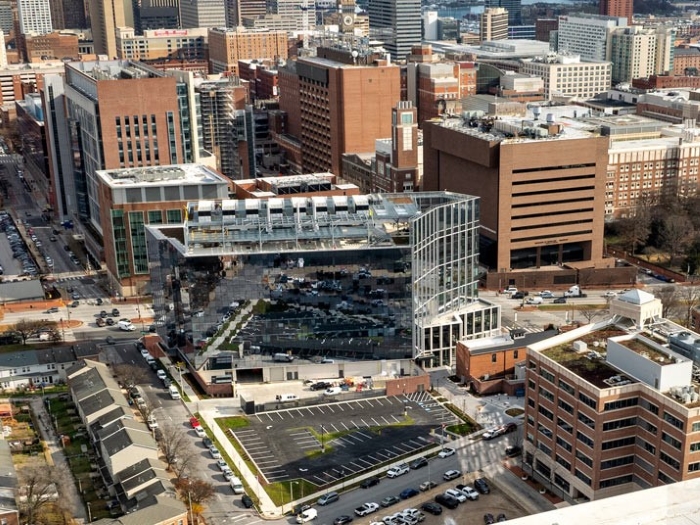
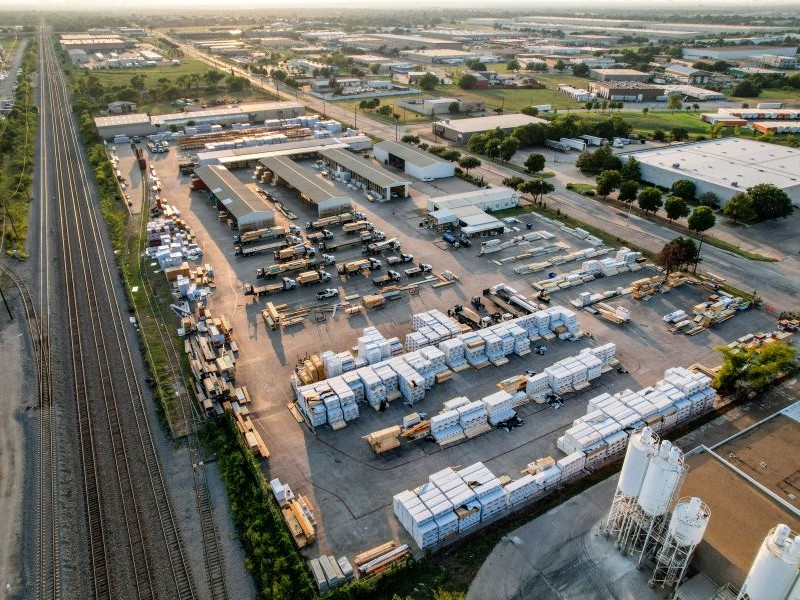
You must be logged in to post a comment.